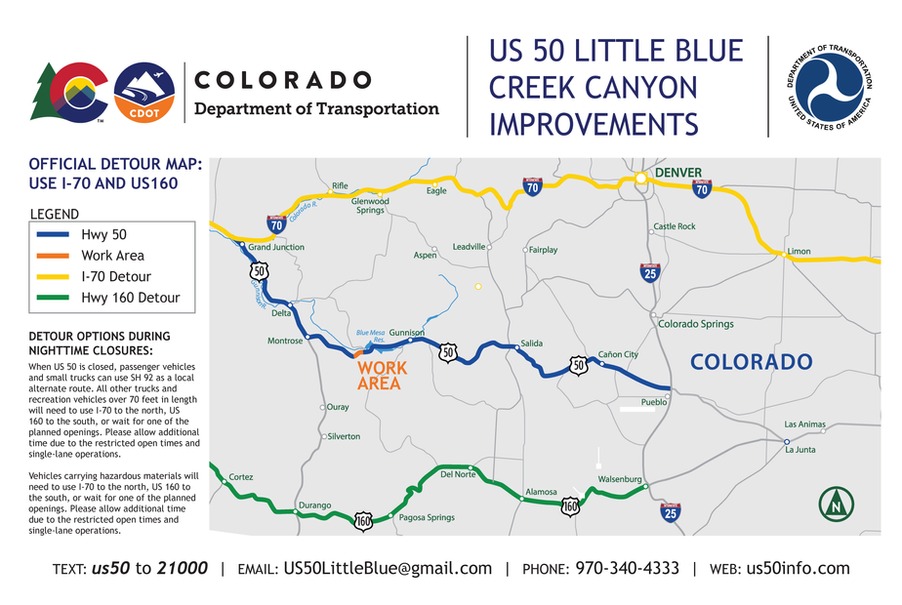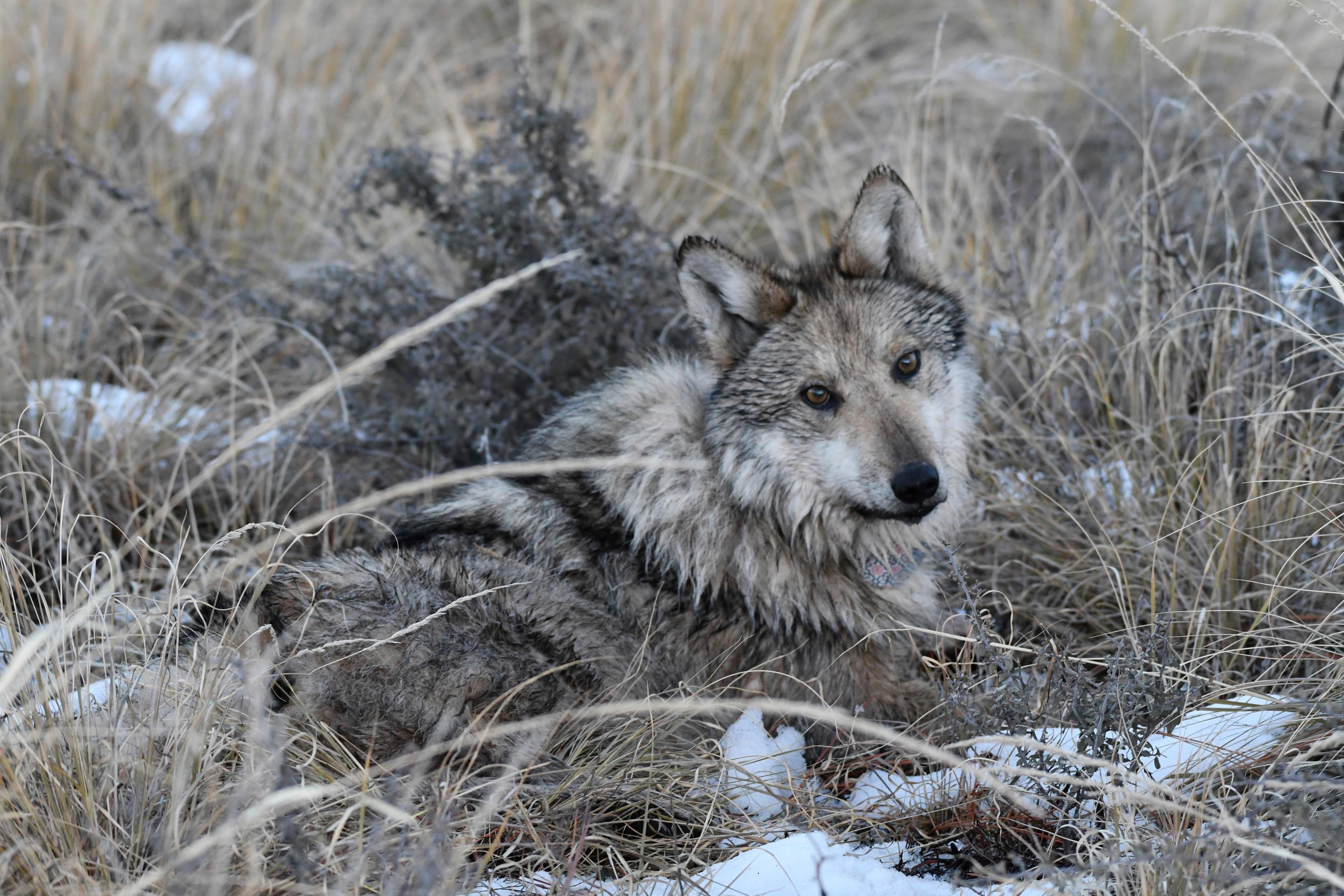
Tonight's the night for a tiny dot of light to dance across the sky in full opposition of the sun, as we learn on Looking Up.
Tonight is a special night for a tiny dot of light, and today’s episode could be titled “far out,” because the dot of light I want to tell you about is the magnificent planet Neptune.
Neptune is the most distant planet in our solar system (sorry Pluto fans). And like all the outer planets, every year the Earth swings around to be directly between the Sun and Neptune. Astronomers call this “opposition” and today is opposition day for Neptune. That means that Neptune rises as our Sun sets, and is visible all night long, setting with the next day’s rising Sun.
Neptune is big, as planets go, but it is so far away – over 2.5 billion miles – that it appears in telescopes as a tiny dot. But unlike stars, careful focusing of your telescope’s eyepiece will let you see that Neptune is not a tiny dot, but rather a tiny disk. You can actually see the tops of the great clouds that make up much of Neptune. Even more remarkable, with a really big telescope you can actually see the even tinier moon of Neptune called Triton. Last summer, looking through a friend’s 20” scope, I finally saw both Neptune and Triton, a real thrill for a mega geek like me. So come to a star party, and we’ll show you Neptune, and if everything is just right, maybe even Triton.
If you’d like to take a closer look at Neptune, or any of the other wonderful and amazing things in the sky, please visit csastro.org for a link to information on our monthly meetings and our free public star parties.








